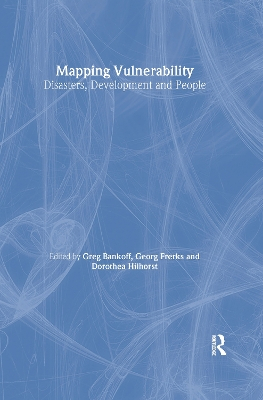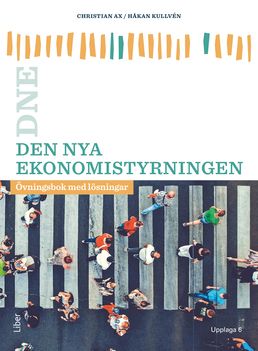

Mapping vulnerability : disasters, development and people
- Utgiven: 2004
- ISBN: 9781853839641
- Sidor: 256 st
- Förlag: Earthscan
- Format: Häftad
- Språk: Engelska
Om boken
Raging floods, massive storms and cataclysmic earthquakes: every year up to 340 million people are affected by these and other disasters, which cause loss of life and damage to personal property, agriculture, and infrastructure. So what can be done? The key to understanding the causes of disasters and mitigating their impacts is the concept of 'vulnerability'.
Mapping Vulnerability analyses 'vulnerability' as a concept central to the way we understand disasters and their magnitude and impact. Written and edited by a distinguished group of disaster scholars and practitioners, this book is a counterbalance to those technocratic approaches that limit themselves to simply looking at disasters as natural phenomena. Through the notion of vulnerability, the authors stress the importance of social processes and human-environmental interactions as causal agents in the making of disasters. They critically examine what renders communities unsafe - a condition, they argue, that depends primarily on the relative position of advantage or disadvantage that a particular group occupies within a society's social order. The book also looks at vulnerability in terms of its relationship to development and its impact on policy and people's lives, through consideration of selected case studies drawn from Africa, Asia and Latin America. Mapping Vulnerability is essential reading for academics, students, policymakers and practitioners in disaster studies, geography, development studies, economics, environmental studies and sociology.
Åtkomstkoder och digitalt tilläggsmaterial garanteras inte med begagnade böcker
Mer om Mapping vulnerability : disasters, development and people (2004)
2004 släpptes boken Mapping vulnerability : disasters, development and people skriven av Greg Bankoff. Den är skriven på engelska och består av 256 sidor. Förlaget bakom boken är Earthscan.
Köp boken Mapping vulnerability : disasters, development and people på Studentapan och spara uppåt 83% jämfört med lägsta nypris hos bokhandeln.
Referera till Mapping vulnerability : disasters, development and people
Harvard
Bankoff, G. (2004). Mapping vulnerability : disasters, development and people. Earthscan.
Oxford
Bankoff, Greg, Mapping vulnerability : disasters, development and people (Earthscan, 2004).
APA
Bankoff, G. (2004). Mapping vulnerability : disasters, development and people. Earthscan.
Vancouver
Bankoff G. Mapping vulnerability : disasters, development and people. Earthscan; 2004.



















